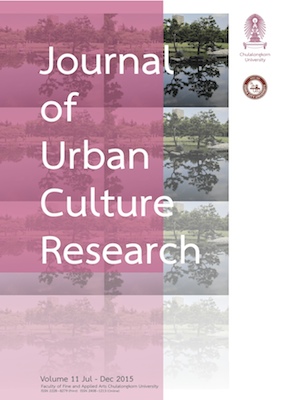Protecting Cultural Space or Urban Re-colonization: When Do Cultural Districts Cross the Line?
DOI:
https://doi.org/10.14456/jucr.2015.8Keywords:
Cultural Districts, Gentrifiation, Urban Development, Arts Districts, Cultural Space, Civic EngagementAbstract
The formation of arts and cultural districts or clusters may be organic or planned (or a hybrid) but they often result in dislocation of those outside the district’s dominant cultural group or those without escalating economic capacity. Some districts primarily serve real estate development interests; some propel local artists and creative enterprises; some protect space for community cultural expression and make life better for existing residents. Few can mix more than one of these purposes but for a short time. This paper reviews six cultural districts in the United States, each at a different stage of a development continuum. In some cases district formation stabilizes a community, others transform or de-stabilize a community. Winners and losers are generally evident. The mix of local conditions, leadership, and policy choices determine their trajectory. Whether they evolve in ways that foster civic engagement and accrue political capital among a wide range of stakeholders determines the winners and losers.
Downloads
Published
How to Cite
Issue
Section
License
Authors authorize the JUCR to publish their materials both in print and online while retaining their full individual copyright. The copyright of JUCR volumes is retained by Chulalongkorn University.
The views and opinions expressed herein are those of the individual author(s) and do not necessarily reflect the policies or opinions of the Journal (JUCR), it editors and staff, Chulalongkorn University, or Osaka Metropolitan University.







